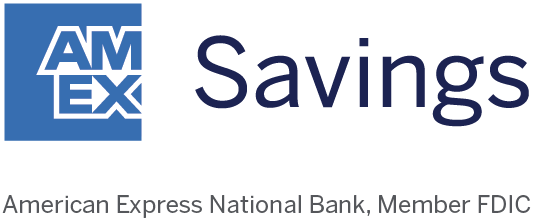ADVERTISEMENT: Products from our partners
The first-timer’s guide to buying stocks
Plus, our shortlist of outstanding online brokers
step 1:
Find a broker that you like
step 2:
Pick your stocks
Don’t let the deluge of data and real-time market gyrations overwhelm you as you conduct your research. It’s important to keep your goals simple. Find companies that make you want to be part owner.
When choosing where to invest, take a look at the company’s annual report — specifically management’s annual letter to shareholders. The letter will give you a ton of insight into what’s happening with the business and provide context for the numbers in the report.
After that, most of the info and tools you need to evaluate the business will be on your broker’s website, such as SEC filings, conference call transcripts, quarterly earnings updates and recent news. Most brokers also provide guides on how to use their tools and even basic seminars on how to pick stocks.
Looking for a hands-off way to invest? Try an online financial advisor or robo-advisor.
step 3:
Decide how many shares to buy
step 4:
Choose your order type
MARKET ORDERS
Before you place a market order, there are a few things to keep in mind:
- A market order is best for buy-and-hold investors who think small differences in price are less important than ensuring that the trade is fully executed or filled.
- If you place a market order trade “after hours,” when the markets have closed for the day, your order will be placed at the prevailing price when the exchanges next open for trading.
- Check your broker’s trade execution disclaimer. Some low-cost brokers bundle all customer trade requests to execute all at once at the prevailing price, either at the end of the trading day or a specific time or day of the week.
LIMIT ORDERS
Limit orders are a good tool for investors buying and selling smaller company stocks, which tend to experience wider spreads, depending on investor activity. Limit orders are also good for investing during periods of short-term stock market volatility or when stock price is more important than order fulfillment.
There are additional conditions you can place on a limit order to control how long the order will remain open. An “all or none” (AON) order will be executed only when all the shares you wish to trade are available at your price limit. A “good for day” (GFD) order will expire at the end of the trading day — even if the order has not been fully filled. A “good till canceled” (GTC) order remains in play until the customer pulls the plug or the order expires; that’s anywhere from 60 to 120 days or more.
There are a few things to keep in mind before you place a limit order:
- While a limit order guarantees the price you’ll get if the order is executed, there’s no guarantee that the order will be filled fully, partially or even at all. Limit orders are placed on a first-come, first-served basis. This happens only after market orders are filled and only if the stock stays within your set parameters long enough for the broker to execute the trade.
- Limit orders can cost investors more in commissions than market orders. A limit order that can’t be executed in full at one time or during a single trading day may continue to be filled over subsequent days, with transaction costs charged each day a trade is made. If the stock never reaches the level of your limit order by the time it expires, the trade will not be executed.
STEP 5:
Learn the lingo
Ask
For buyers: The price that sellers are willing to accept for the stock.
Bid
For sellers: The price that buyers are willing to pay for the stock.
Spread
The difference between the highest bid price and the lowest ask price.
Market order
A request to buy or sell a stock ASAP at the best available price.
Limit order
A request to buy or sell a stock only at a specific price or better.
Stop (or stop-loss) order
Once a stock reaches a certain price, the “stop price” or “stop level,” a market order is executed and the entire order is filled at the prevailing price.
Stop-limit order
When the stop price is reached, the trade turns into a limit order and is filled up to the point where specified price limits can be met.
Final step:
Start buying stocks
Want to earn a high APY on your savings?
| Bank | APY | Monthly Fee | Details |
|---|---|---|---|
at American Express National Bank, Member FDIC | 4.25% With $1 min. balance for APY | $0 | Pros
|
A little bit about us
At NerdWallet, we offer straightforward advice and tools to help you make the best possible financial decisions. All for free.
Insights you can bank on
We’ve spent countless hours reviewing brokers and advisors, and analyzing the best strategies to help you build wealth.
A balanced perspective
With diverse backgrounds – from ex-Wall Streeters to big-data nerds and more – we see financial products from all angles.
Up-to-date reviews
We regularly update our list of top brokers and advisors as they introduce new investing tools and services.




